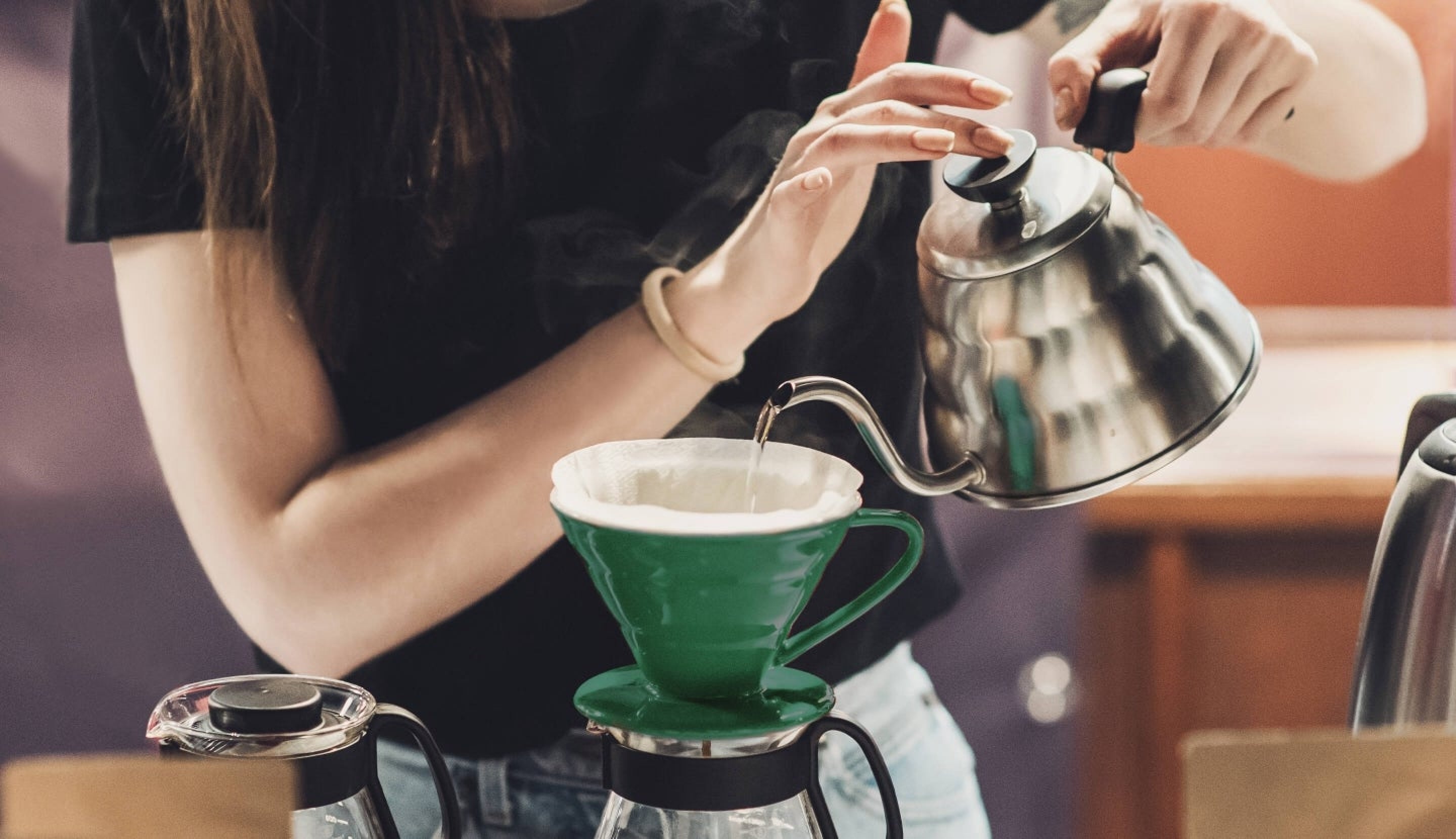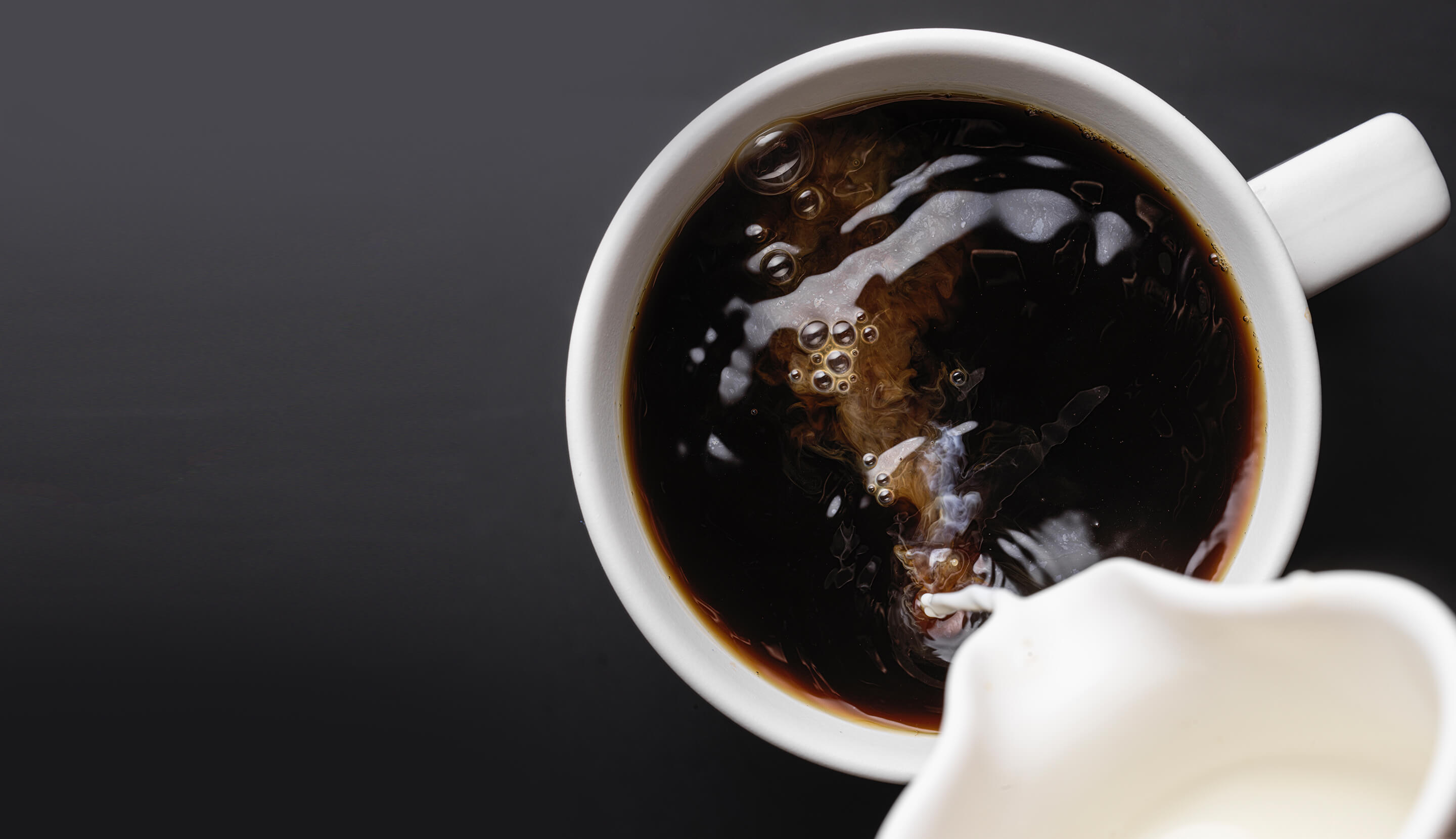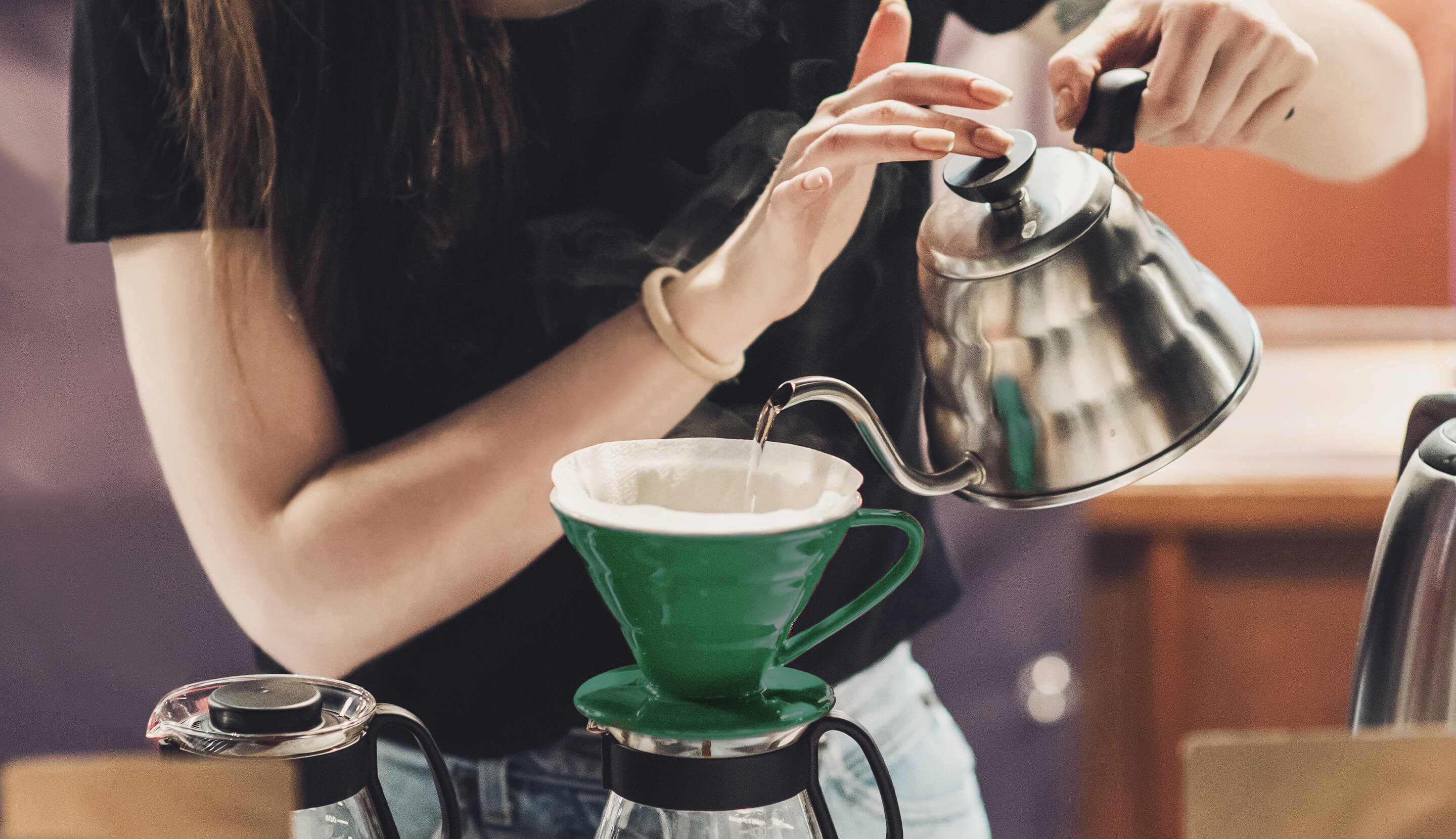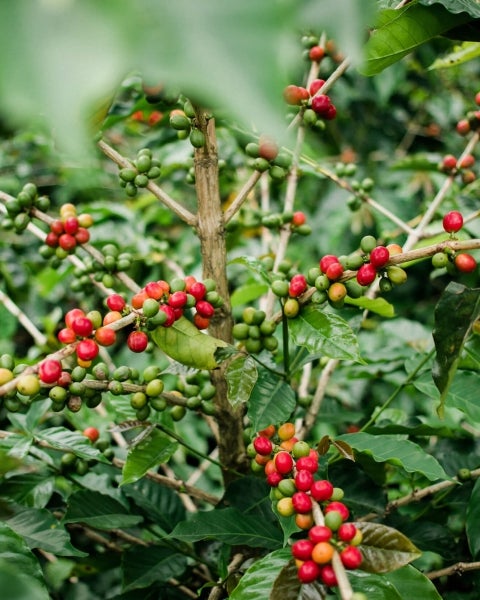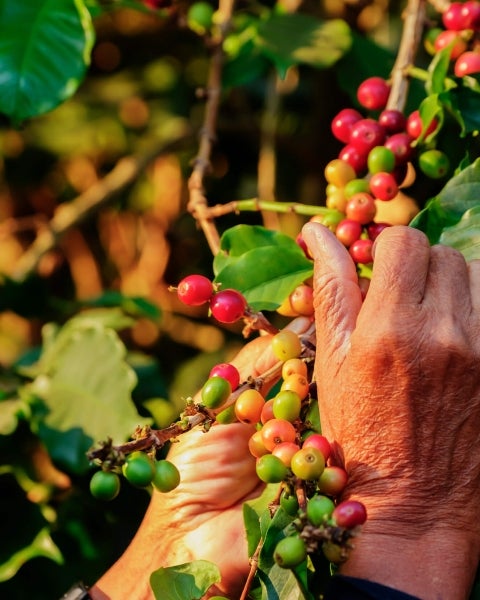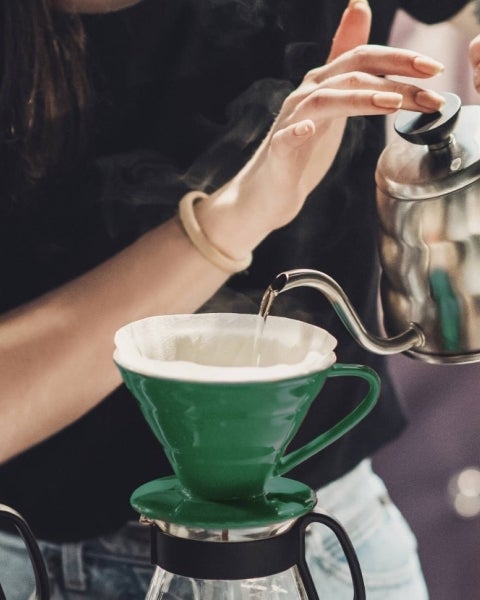When did you last stop what you were doing and take a few moments to fully taste the coffee in your cup?
When you pay close attention to your coffee’s many characteristics, a sensory world opens up.
Many variables affect the flavour of coffee: where the coffee is grown, what type of coffee is grown, how the coffee is grown, how the fruit is removed from the bean, how coffee is blended and roasted, and how coffee is brewed. And those are just some of the factors.
Want to know how to hold a coffee tasting? Let’s explore taste and its many dimensions. One thing’s for sure – deepening your understanding of taste is a rewarding journey.
FOUR STEPS
If you’re just exploring how to truly taste your coffee, it’s worth learning these four important steps: smell, slurp, locate, and describe.
First up, smell! Always smell a coffee before you taste it. Inhale deeply. Your mouth can distinguish five tastes – sweet, salty, bitter, sour, and umami – but your nose can differentiate one trillion aromas!
Next is slurp. Take a good, noisy slurp of your coffee. Don’t be shy. This will spray the coffee across your tongue and palate, letting you taste all the subtleties.
Now, locate. Think about how the coffee feels in your mouth. What is its weight or thickness? Where on your tongue do you experience the flavours?
And, lastly but vitally, describe. What words would you choose to describe your tasting experience? The aroma, the flavours, how the coffee feels in your mouth. Does your tongue detect much acidity in the coffee? What other flavours might you use for comparison?
